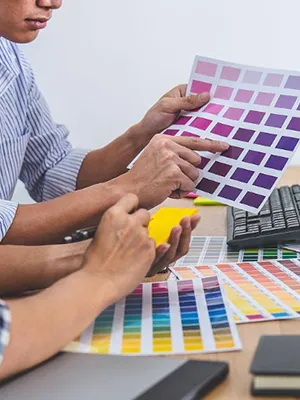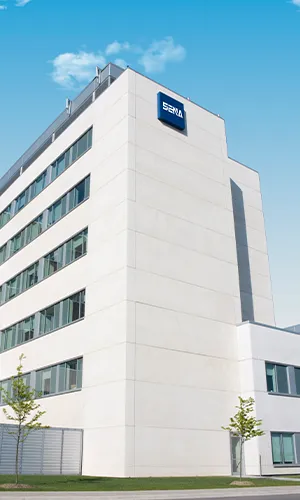whatspp:17860548021 +86 17864107808 sales4@uvprinter-inksea.com
whatspp:17860548021 +86 17864107808 sales4@uvprinter-inksea.com







The installation was simple, and the machine has been running smoothly ever since. It's one of the best investments we've made for our printing needs.

Sena printers have greatly reduced our operational costs with their efficiency. We're extremely satisfied with the durability and reliability of their products.

I was impressed by the precision and clarity of prints. The support team is also great at responding to inquiries and offering solutions.

Sena's printers are incredibly easy to operate, and the print quality is top-notch. We've seen a noticeable improvement in our business operations since we made the switch.



Revolutionizing printing with SENA UV technology.
SENA printers are equipped with cutting-edge UV printing technology, ensuring high-quality, precise prints on a wide variety of surfaces, from acrylic to wood and glass.
SENA UV printers offer unparalleled versatility, capable of printing on almost any material or object, while also providing customizable options to meet diverse industry needs.




The Silent Revolution: Noise-Reduced UV Flatbeds Transforming Workspace EnvironmentsFor decades, UV flatbed printers have been celebrated for their versatility and efficiency, revolutionizing industri···
赛纳 2025-09-28 15:11:16Local Production, Global Reach: UV Flatbeds Empowering Small Business ExportersFor small businesses in developing economies or regional hubs, the dream of going global has long been overshadowed by pr···
赛纳 2025-09-28 14:57:30Inventory-Free Business Models: On-Demand UV Printing for Just-in-Time ProductionFor decades, businesses across industries—from retail to manufacturing—have relied on inventory-based models, where pro···
赛纳 2025-09-27 17:59:46From Mass Production to Mass Customization: How UV Flatbeds are Reshaping ManufacturingFor much of the 20th century, manufacturing was defined by mass production—a model built on economies of scale, s···
赛纳 2025-09-27 17:57:36Multi-Material Mastery: UV Flatbeds Printing on Composite and Hybrid SurfacesIn the age of custom manufacturing and innovative product design, the demand for printing on complex, non-traditional surfa···
赛纳 2025-09-26 17:58:27Emerging Market Solutions: Affordable UV Flatbeds for Developing EconomiesIn developing economies, small and medium-sized enterprises (SMEs) and local manufacturers face a critical challenge: accessin···
赛纳 2025-09-26 17:56:56Rapid Curing Science: The Physics Behind Instant UV PolymerizationUV curing technology has revolutionized industries from printing and coatings to electronics and medical device manufacturing, enablin···
赛纳 2025-09-25 17:52:03Preventive Maintenance Protocols: Ensuring Maximum UV Flatbed UptimeUV flatbed printers are critical assets in industries ranging from signage and packaging to architectural design—their ability to pr···
赛纳 2025-09-25 17:50:41Digital Workflow Optimization: From Design to Finished Product in Record TimeIn today’s hyper-competitive creative and manufacturing landscapes—spanning industries like print, packaging, signage, and ···
赛纳 2025-09-24 17:50:54